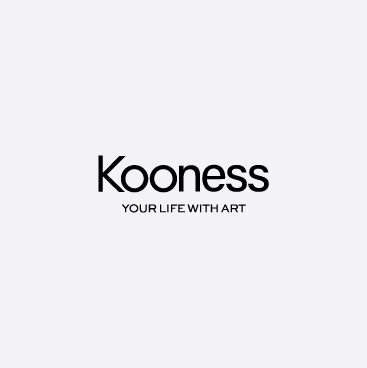Dorazio was born in Rome. His father was a civil servant, while his mother was interested in history and art. Dorazio attended the Julius Caesar Lyceum (high school) in Rome. During World War II, in 1943, the family fled to the province of Abruzzo, where they were otiginally from. After Italy's liberation and the end of civil war, Dorazio worked briefly as a translator for the British Army. After the war, he began to study architecture at the University of Rome. Influenced by futurists such as Gino Severini, Antonio Corpora, Enrico Prampolini, and Giacomo Balla, he gravitated to painting, but an adversion ofr their marked right-wing views pushed him to alignin himself with left-leaning artists like Renato Guttuso. Along with Pietro Consagra, Achille Perilli, and Giulio Turcato, in 1947 he helped formulating a manifesto and establish a group of abstract artists called Forma I. Although imbued with socialist leanings, the group did not follow the realist social commentary furthered by Guttuso but proposed to reclaim abstraction from the Futurism movement. In 1947, Dorazio won a prize and stipend from the French government to study at the École des Beaux-Arts of Paris. In 1950, Dorazio, along with the artists Mino Perilli and Guerrini, helped found L'Age d'Or, a bookstore/gallery space dedicated to abstract art. In 1952, he promoted with Alberto Burri, Ettore Colla and others the foundation Origine and edited the magazine Arti Visive. In 1953, as a representative from Italy, he traveled for the first time to the United States to participate in the International Summer Seminar at Harvard University, Cambridge, MA. That fall, he moved to New York City and stayed through 1954. In October, Dorazio had his first solo exhibition at George Wittenborn's One-Wall Gallery. In 1955, he published "La Fantasia Dell-Arte Nella Vita Moderna," a review of Modern art in Italy. In this book, reviewer Christopher Masters states, Dorazio advanced his belief, perhaps with surfeit of optimism, that "abstract art could change the world... that just as science and technology were destroying the barriers between different cultures, so the new 'universal style' would lead to a 'universal civilisation'." In 1961, he was awarded the Prix Kandinsky in Paris. In 1959 he was invited to teach at the Graduate School of Fine Arts program at the University of Pennsylvania School of Design. He taught painting at the graduate school from 1960-1969, one semester a year, splitting his time between the United States and Italy. In 1970 he returned to live and work full time in Rome. In 1974, he moved his studio from Rome to Umbria, near Todi. He continued to work and exhibit until 2004. Described as an "outspoken, independent character" who was the "opposite of politically correct", Dorazio's use of materials and colors did not change much over time. He is mostly known for making paintings with thick bands of bright color and cross-hatched grids. While abstract, they do not neglect detail or complexity. His style is in line with what Clement Greenberg later described as "Post-painterly abstraction".



